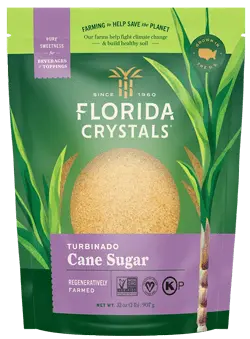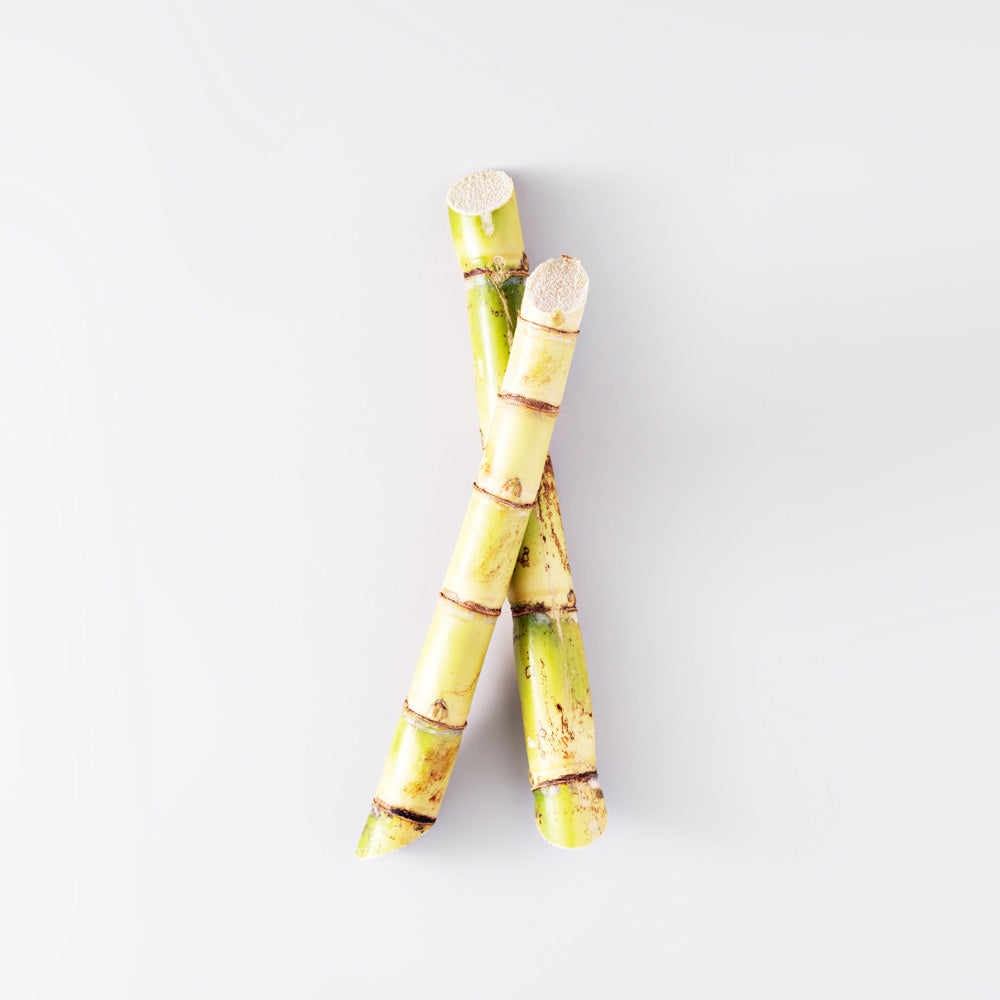Cane Sugar Processing Explained: What Takes Place Inside a Sugar Mill
Cane Sugar Processing Explained: What Takes Place Inside a Sugar Mill
Blog Article
A Comprehensive Guide to the Environmental Impact and Sustainability Practices in Walking Stick Sugar Handling
The environmental effect of walking stick sugar processing offers a complicated variety of difficulties that warrant mindful examination. From soil destruction and extreme water usage to the carbon footprint linked with cultivation and production, the consequences of conventional methods are far-reaching. What particular methods can be executed to strike a balance in between productivity and environmental stewardship?
Introduction of Walking Cane Sugar Handling
Walking cane sugar processing includes a series of methodical actions that transform sugarcane right into refined sugar. Initially, harvested sugarcane is transferred to processing facilities, where it undertakes cleaning to get rid of soil and particles. Following this, the cane is squashed to extract juice, which is after that cleared up by getting rid of pollutants via heating and the enhancement of lime.
The clarified juice undertakes evaporation, where water is gotten rid of to focus the sugar material. This concentrated syrup is after that taken shape via air conditioning, enabling sugar crystals to form. These crystals are divided from the staying syrup using centrifugation, resulting in raw sugar. To accomplish polished sugar, the raw product undergoes more filtration processes, which might consist of cleaning and filtering to eliminate continuing to be contaminations and shade.
The end product is then dried out and packaged for distribution. Throughout this entire process, maintaining effectiveness and quality assurance is necessary to guarantee the sugar fulfills market requirements. Each action in walking cane sugar handling not only contributes to the last item yet additionally has implications for source use and waste generation, setting the stage for discussions on sustainability and ecological effects related to sugar production.
Ecological Challenges of Production
The production of cane sugar provides several substantial ecological challenges that warrant attention. One main issue is the comprehensive usage of agrochemicals, consisting of fertilizers and chemicals, which can cause dirt destruction, biodiversity loss, and contamination of local water resources. The overflow from sugarcane areas often carries these chemicals into nearby ecosystems, interfering with marine life and affecting the health of neighborhoods reliant on these water bodies.
One more obstacle is the high power consumption related to sugarcane processing. The boiling and refining phases need considerable warmth, largely created by shedding fossil fuels, contributing to greenhouse gas discharges. Additionally, the extensive acreage required for sugarcane growing can cause logging and environment damage, additional exacerbating climate adjustment and threatening wild animals.
Additionally, the labor practices in some regions raise honest issues, as workers might encounter poor working problems and poor incomes. This situation typically perpetuates a cycle of hardship in regional neighborhoods. Cane Sugar Processing. Resolving these ecological obstacles is vital for creating extra lasting practices in walking stick sugar manufacturing, inevitably benefiting both the setting and the areas associated with this sector
Water and Land Usage Impact
Water sources and land application are crucial parts in the cane sugar industry that dramatically impact the environment. The farming of sugarcane requires considerable water input, with quotes suggesting that it can take in as much as 2,000 litres of water per kilogram of sugar created. This intensive use of water commonly leads to deficiency of regional water resources, impacting not just the sugarcane ranches however also surrounding ecological communities and communities that count on the very same water resources for farming and domestic usage.

In addition, land usage for sugarcane cultivation can lead to deforestation and the conversion of all-natural environments right into monoculture plantations. This practice lessens biodiversity, disrupts local ecological communities, and adds to dirt deterioration. The expansion of sugarcane areas frequently intrudes on beneficial agricultural land, creating competition for sources between food and biofuel manufacturing.
Lasting techniques, such as optimizing irrigation strategies and implementing crop turning, are necessary to reduce these influences. By embracing a lot more efficient water usage and land management strategies, the walking stick sugar sector can lower its eco-friendly footprint, ensuring a balance in between farming productivity and environmental preservation.
Greenhouse Gas Emissions
Greenhouse gas emissions represent a substantial ecological issue within the cane sugar handling market, especially as farming techniques broaden to meet worldwide need. why not check here The growing of sugarcane, a crop that flourishes in tropical environments, counts greatly on artificial plant foods and pesticides, which add to nitrous oxide discharges. Furthermore, land-use changes, consisting of deforestation for new sugarcane ranches, launch co2 saved in vegetation and dirt.
During processing, energy intake is another significant resource of greenhouse gas discharges - Cane Sugar Processing. Several sugar mills make use of fossil gas to power machinery and produce heat, causing significant carbon impacts. In addition, the transportation of raw sugarcane and ended up products adds layers of exhausts through fuel combustion in automobiles
The cumulative impact of these exhausts exacerbates environment adjustment, posing threats not only to the setting however likewise to the lasting practicality of the market. Stakeholders need to recognize the immediate need for detailed techniques that address these emissions. This entails reviewing current agricultural methods, refining methods, and transport systems to determine locations for renovation and mitigation. Resolving greenhouse gas discharges is crucial for cultivating a more lasting walking stick sugar industry in a transforming climate.

Lasting Practices and Innovations
Lasting practices and developments are significantly vital in the cane sugar processing sector as stakeholders seek to minimize ecological impacts while preserving productivity. One significant improvement is the execution of incorporated crop monitoring, which enhances resource usage by combining soil monitoring, bug control, and crop rotation strategies. This strategy boosts return while lessening chemical inputs and maintaining soil wellness.
Moreover, the adoption of renewable resource resources, such as biomass from sugarcane deposits, has gotten grip - Cane Sugar Processing. By converting waste products into energy, refining facilities can lower their dependence on fossil fuels, consequently reducing greenhouse gas emissions
Water administration techniques have actually also seen click improvements with the recycling and reusing of water in handling plants, dramatically decreasing freshwater intake. Innovations hop over to here in modern technology, such as precision farming, enable farmers to check plant health and source use better, making certain sustainable growing methods.
In addition, accreditation programs like Fair Trade and Jungle Partnership urge eco accountable farming techniques and promote social equity within the supply chain. By embracing these sustainable practices and developments, the walking stick sugar handling sector can enhance its resilience and add positively to environmental stewardship.
Conclusion
The environmental influence of walking stick sugar handling offers significant difficulties, consisting of soil deterioration, high water consumption, and greenhouse gas discharges, together with ethical issues associated to labor methods. Resolving these concerns through lasting techniques, such as incorporated crop administration, renewable resource adoption, and water recycling, is essential. By promoting socially fair and environmentally responsible techniques in sugar manufacturing, the market can reduce its negative results, making sure a much more lasting future for both environments and communities included in this industry.
Walking stick sugar handling involves a collection of methodical steps that change sugarcane into refined sugar. Each action in walking cane sugar handling not just adds to the final item yet also has ramifications for resource use and waste generation, establishing the stage for discussions on sustainability and environmental effects linked with sugar production.
Greenhouse gas exhausts represent a substantial ecological problem within the walking cane sugar handling market, especially as agricultural techniques broaden to fulfill global need.Lasting practices and technologies are increasingly crucial in the walking cane sugar handling sector as stakeholders look for to lower ecological impacts while preserving productivity.The environmental impact of walking stick sugar handling provides significant obstacles, including soil destruction, high water consumption, and greenhouse gas discharges, along with honest problems connected to labor methods.
Report this page